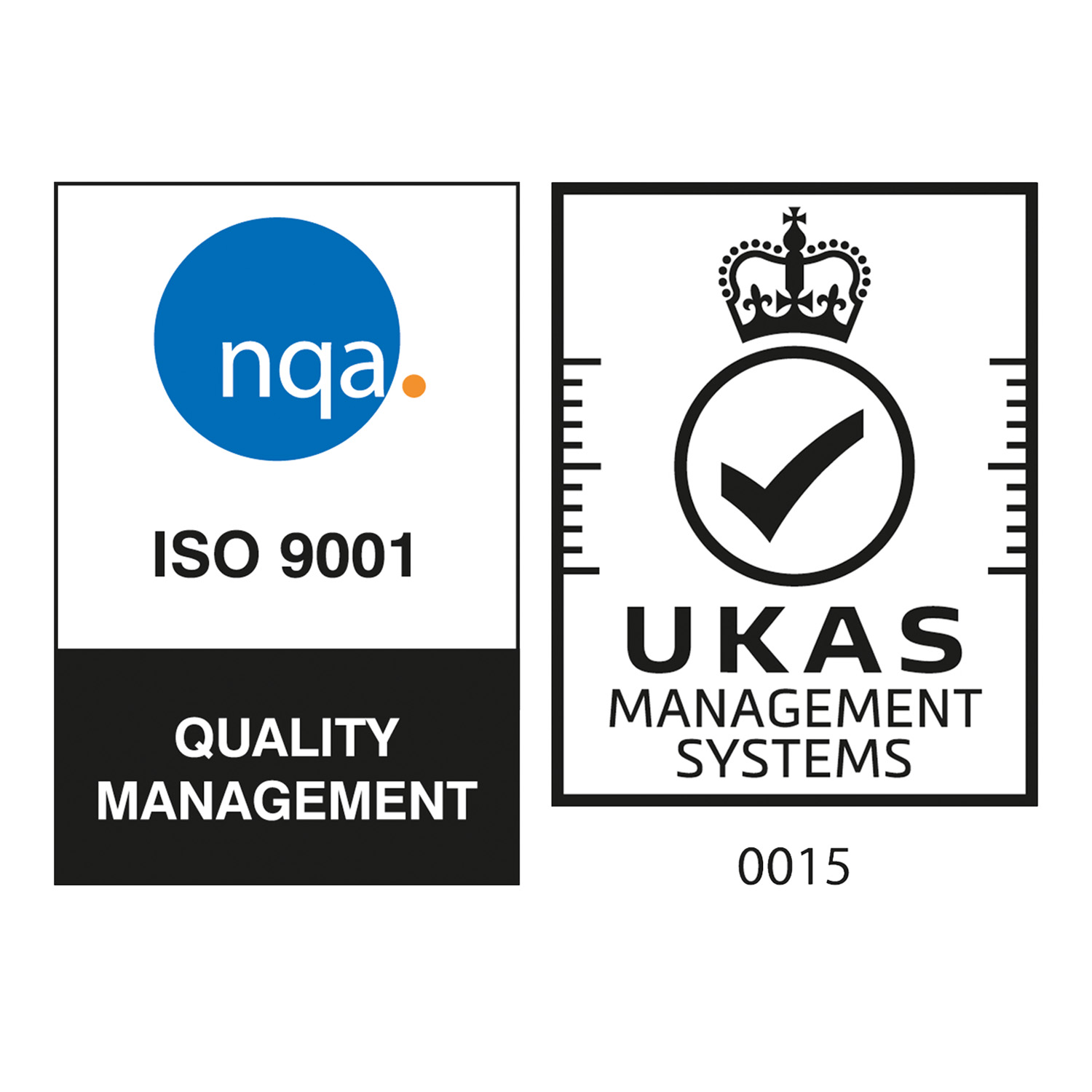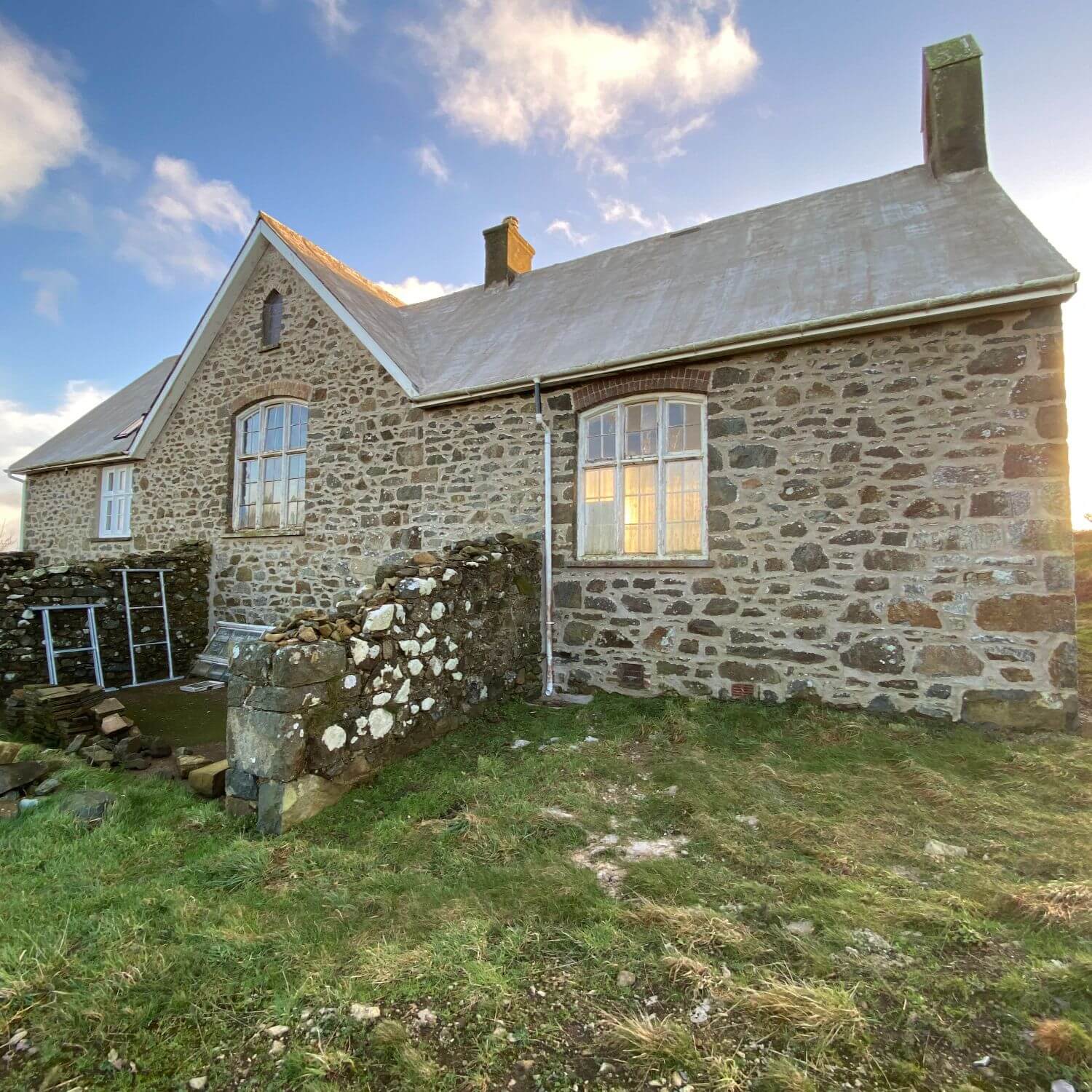Who Designed It...?

Share
Find out who the architects were who designed the most iconic buildings in the world, and the fascinating stories behind why they built them.
Who designed the Taj Mahal?
Undeniably one of the most iconic buildings in the world, the Taj Mahal was designed in the 1600s by an architect called Ustad-Ahmad Lahori. He designed the building and surrounding gardens for the Emperor, Shah Jahan, whose wife had died and wanted a memorial creating for her. So, the beautiful white structure with the domed roofs is actually a tomb!
The building is made from highly polished white marble and craftsmen from India, Central Asia and Iran were employed to help construct it. A key design feature and a stroke of planning genius, was placing the tomb at the end of the surrounding gardens rather than in the centre, creating depth and perspective to the distant view of the monument.[1]

Who designed the Eiffel Tower?
Another architectural classic, did you know the Eiffel Tower started life as an entry for a competition? To celebrate the 100th anniversary of the French Revolution, a ‘World Fair’ was planned, which would include a new tower, reaching 300m. A competition was launched to find the perfect design, and out of 107 applications, the Eiffel Tower design was chosen.
The four men in charge of this design were Gustave Eiffel an entrepreneur, Maurice Koechlin and Emile Nouguier both engineers, and Stephen Sauvestre an architect. The two engineers had created an initial design for the tower but employed Sauvestre to make the project’s appearance more acceptable to public opinion. He included elements such as the large arches at the base, which in part give it its very characteristic appearance.[2]

Who designed the Houses of Parliament?
The Houses of Parliament that we recognise today were designed in 1835 by two architects, Charles Barry and Augustus Pugin. The area had been the centre of British politics since the 7th Century, beginning with an abbey that became known as ‘the west minster’, because it was on the west side of London. Many more buildings of varying sizes and styles were constructed around the abbey, over hundreds of years, housing royalty and politicians, and the area became the City of Westminster.
However, a great fire destroyed many of these old structures in 1834, so Barry and Pugin were employed to redesign the area. This gave them the opportunity to create one majestic building and replace a maze with structured rooms, and narrow pathways with spacious stone hallways. They designed it in a Gothic style, most often used for cathedrals, displaying the importance of the establishment.[3]

Who designed the Burj Khalifa?
Architect, Adrian Smith, is the mastermind behind the tallest building in the world, the Burj Khalifa, in Dubai. Having been approached by Emaar Properties, (the real estate company that developed the skyscraper) in the early 2000s asking for advice on employing an architect, Smith suggested a three-week ideas competition. Smith himself applied and ended up winning the bid!
The building, which reaches a huge 2,717 feet, is designed with a Y-shaped floor plan, which Smith describes as a ‘tripod’ where ‘parts of the leg drop off at different points, until just one leg continues on.’ Elements from Islamic architecture are also incorporated into the design, including the dome shape. When looking down at the building, a dome form appears, although shape isn’t particularly visible from the ground, Smith says ‘I wanted that to be a little mysterious, but prevalent.’[4]
%20%20-%20WEB%20USE%20-12.jpg)
Who designed Green Garage?
This may not be as recognisable as the other wonders, but Green Garage in Pembroke, Wales, was designed with as much care and consideration as the rest of them. C+A Design designed it in 2020, having been employed by Ascona, who had operated a petrol filling station on the site for 10 years and wanted to meet the needs of the local residents and wider community.
C+A Design created a building to better serve the wider community’s needs. The new facilities include a larger grocery shop which is the only one in the area, an internal launderette serving the community and local tourist industry, a restaurant, road fuels and infrastructure for up to 6 EV chargers. Due to its success within the local community, it has become Ascona’s flagship store and will form the blueprint for their future developments.
[1]Referenced: https://www.unesco.org/en
[2]Referenced: www.toureiffel.paris/en
[3] Referenced: https://www.urbstravel.com/post/history-of-the-houses-of-parliament,https://www.restorationandrenewal.uk/palace_of_westminster/an-extraordinary-history,https://www.history.co.uk/history-of-london/houses-of-parliament,https://www.britannica.com/biography/A-W-N-Pugin
[4]Referenced: https://www.architecturaldigest.com/story/burj-khalifa


